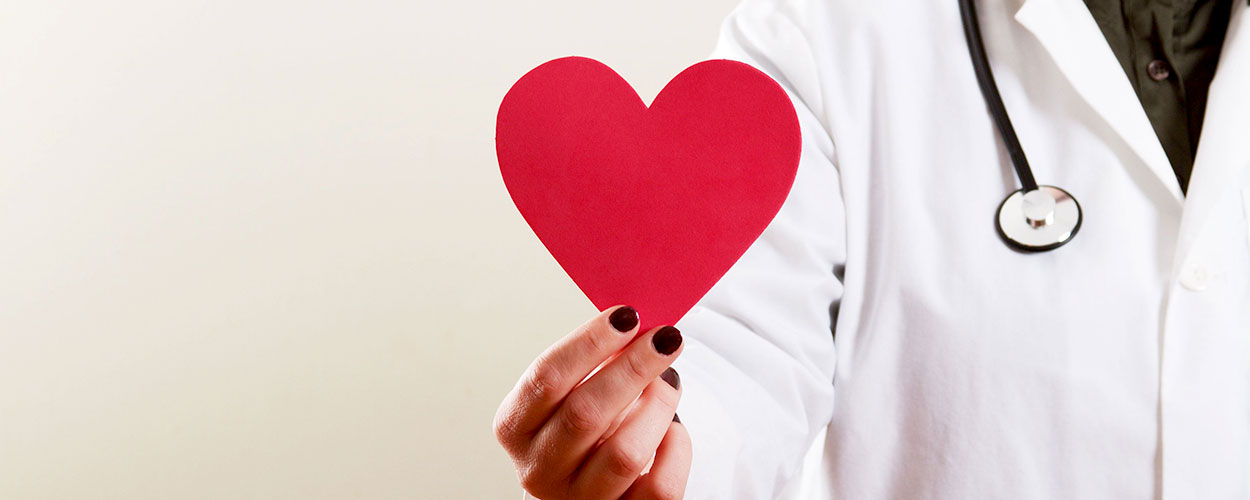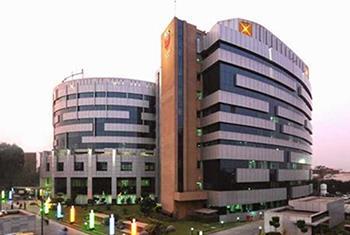Types of Cardiac Surgeries Performed in Australia
Heart conditions can be treated using a wide range of procedures and approaches, such as surgery to remove blockages and holes in the heart or the implantation of devices to help the heart rate return to normal. The extent of the cardiovascular disease will determine if multiple procedures or treatments are necessary.
Cardiac procedures and treatments
Bentall Procedure
A Bentall treatment is surgery to assist in addressing aortic issues.
The doctor might suggest a Bentall procedure if the aorta isn’t functioning properly. Among the most frequent issues that can arise are:
- Aortic regurgitation: is the result of the aortic valve in your heart not closing correctly.
- Marfan’s syndrome: is a congenital condition that causes the aorta wall to deteriorate.
- Aortic aneurysm: aortic dilation
- Aortic dissection: occurs when the aorta’s inner layer ruptures.
Cardiovascular Biopsy
A cardiac biopsy, also known as a heart biopsy or myocardial biopsy, is a technique in which a doctor examines a few small samples of the cardiac muscle tissue.
A cardiac biopsy may be required if the doctor suspects an issue with the heart’s muscle. A cardiac biopsy can aid in the diagnosis of:
- Rejection following heart transplant– causing heart tissue damage.
- Cardiomyopathy – heart muscle weakness.
- Myocarditis – Heart muscle inflammation is known as myocarditis.
- Cardiac amyloidosis– is caused by an aberrant protein (amyloid) in the heart tissue, making it difficult for the heart to function normally.
Coronary Artery Bypass Grafting (CABG)
Cardiac bypass surgery is a procedure that treats clogged coronary arteries, which are blood vessels that deliver blood to the heart. Cardiac bypass surgery does not repair artery blockages; rather, it builds an alternate pathway (also known as a “bypass route”) that allows blood to flow past the obstruction and into the heart.
The buildup of a fatty material known as “plaque” in the coronary arteries can constrict or obstruct them. This is referred to as atherosclerosis. If one has many sites of atherosclerosis, the doctor may prescribe cardiac bypass surgery. Cardiac bypass surgery may also be recommended for those who have:
- Chest pain that does not improve with medication.
- Unstable angina.
- Had already suffered a heart attack.
- Coronary artery disease – ineligible for angioplasty or stenting.
Minimally Invasive Surgery
- Endoscopic method is an alternative to open-heart surgery. It involves making small incisions for a camera and specialized instruments.
- Robot-assisted heart surgery is performed by a machine controlled by a surgeon. It requires three small port holes instead of a large incision. Preliminary findings suggest that it is a safe alternative to traditional procedures.
Cardioversion
Cardioversion is used to treat irregular heart rhythms (arrhythmias). It’s a quick technique that uses an electrical current to restore the cardiac rhythm.
The goal of cardioversion is to electrically correct the aberrant cardiac rhythm. When your heart rate is too high, it is unable to pump enough blood to the rest of the body. As a result, patients may have symptoms such as:
- Blackouts or dizziness
- Breathing difficulty
- Tiredness
- Chest ache
If there are arrhythmias, the doctor will most likely start patients on medication. However, not all arrhythmias can be treated with medicines alone.
Catheter Ablation
Catheter ablation is a procedure that uses energy (radiofrequency or pulse field technology) to destroy small sections of cardiac tissue that cause tachyarrhythmias (abnormally fast heartbeats).
Catheter ablation may be recommended by your doctor as a treatment for:
- Arrhythmia
- Ventricular Tachycardia (VT)
- Supraventricular Tachycardia (SVT)
Coronary Angiogram
A coronary angioplasty technique is used to open constricted or obstructed coronary arteries. A stent (a tiny, wire mesh tube) is inserted into your blocked artery by your doctor.
Coronary Angioplasty/Stents
Coronary angioplasty and stenting are treatments used to open constricted or obstructed arteries in the heart. During this procedure, the doctor uses a balloon (angioplasty) and a thin wire mesh tube (stent) to enlarge the clogged artery. It’s recommended to-
- Identify any blockages in the coronary angiography.
- Coronary artery disease diagnosis and treatment.
- Assist in reducing the amount of cardiac muscle damage.
Electrophysiological Studies
- An EPS (electrophysiology study) examines the “electrical circuit” of the heart. It is also capable of detecting irregular heartbeats (arrhythmias).
- An EPS can assist the doctor in determining how well the electrical system of the heart is functioning, determining the source and kind of irregular cardiac rhythm, and determining the best treatment for your arrhythmia.
Heart Transplant Surgery
- A heart transplant is a surgery that replaces the heart with the heart of a donor.
- A heart will be donated to the recipient from a recently deceased person whose family has agreed to donate their heart.
- If one has end-stage heart failure and requires life-saving treatment, one may be considered for a heart transplant.
Implantable Defibrillator
- ICDs are life-saving devices that correct fast, irregular heartbeats by administering electrical impulses to the heart.
- They consist of a defibrillator and leads, are worn beneath the skin on the chest, and continuously monitor heart rate.
Implantable Loop Recorder
- An Implantable Loop Recorder (ILR) is a tiny device that continuously monitors your heartbeat.
- Whenever someone feels any symptoms, they can use a handheld activator to obtain and record their heart rate.
- The ILR is implanted under your skin on the left side of your chest and can be a useful tool for the doctor in diagnosing heart disease.
Left Atrial Appendage Closure
- Left atrial appendage closure is a procedure that involves closing a small pouch located in the upper left chamber of the heart.
- This pouch, called the left atrial appendage, has no discernible function in the body.
Mitral Valve Clips
- Without the necessity for open-heart surgery, a mitral valve clip technique fixes the damaged mitral valve.
- Through a vein in the leg, a small metal clip the size of a huge staple is fastened to the mitral valve.
- The clip remains in place indefinitely, allowing the valve to resume normal operation.
Pacemakers
- A pacemaker is a small device that uses electrical impulses to regulate the heart’s rhythm.
- It consists of a battery and leads placed under the skin on the left or right side of the chest.
Right Heart Catheter (RHC)
- A right heart catheter (RHC) is a technique that involves inserting a catheter into a vein in the neck or groin to assess the pressure in the heart and lungs.
- The technique assists the doctor in determining how well the heart is pumping.
Septal Defect Closures
- Closures of Atrial Septal Defects (ASD) and Ventricular Septal Defects (VSD) are therapies that fix septal heart defects.
- Septal heart abnormalities are congenital, which means they are present at birth. They are holes in the septum of the heart.
TAVI
- TAVI is an abbreviation for Transcatheter Aortic Valve Implantation. It is a treatment that aids in the repair of damaged aortic valves.
- An artificial valve composed of natural animal heart tissue (usually from a cow or a pig) will be placed into the heart during a TAVI operation.
Valve Surgery
- The one-way blood flow through the heart’s four chambers is controlled by the heart’s valves. Consider them to be doors that open and close to allow blood to pass through.
- Open heart surgery is used to replace or repair one of the four heart valves.
- Some people have defective heart valves from birth, while others develop them as a result of diseases or infections.
Ventricular Assist Device
- A ventricular assist device (VAD) is a mechanical pump that assists the heart in pumping blood throughout the entire body.
- A VAD may be prescribed to help if the heart is very weak, one requires assistance recuperating from surgery, or someone who is on a heart transplant waiting list.







